Build muscle and lose fat simultaneously? On the surface, these goals contradict each other. You may be diligently hitting the gym and adopting a healthier diet, yet despite your efforts, those elusive numbers on the scale may not budge, leaving you disheartened.
The abundance of information on rapid muscle gain and fat loss can make it challenging to distinguish between a factual and a passing trend. So, let’s embark on a journey together, exploring how small adjustments to your gym routine can reduce body fat and ultimately help you attain a lean body mass.
Table of Contents
How to Build Muscle
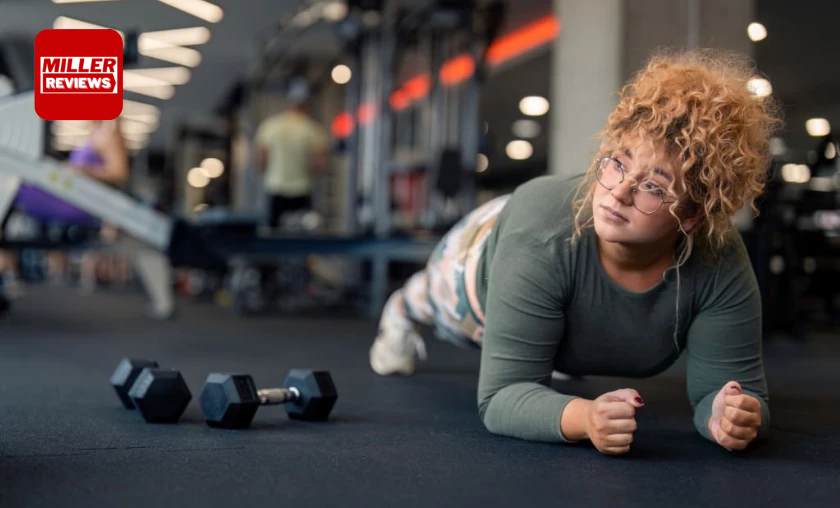
But let’s remember the ever-important goal of gaining muscle, shall we?
Interestingly enough, the path to muscle growth takes a somewhat contradictory route. To achieve it, you actually need to create a calorie surplus, which means consuming more calories than you burn. This can be accomplished by upping your food intake or reducing your activity levels.
However, it is important to bear in mind that calorie surplus alone isn’t the sole factor in muscle gain. You must also ensure you’re consuming adequate protein to provide your body with the building blocks it needs to create new muscle tissue. Additionally, regular weight training is essential to stimulate muscle growth effectively.
Now, when it comes to protein consumption, quality, and timing are key players. Opt for high-quality protein sources and make sure to spread your intake evenly throughout the day. This approach will help stave off those pesky hunger pangs. Looking for a convenient and delicious option? Look no further than our Smart Breakfast protein! It’s a protein formula that’s rich in protein and low in sugar. Start your day right with this tasty and effortlessly blended shake, ensuring you’re well on your way to meeting your protein goals, even when you’re on the go.
How to Lose Fat

To begin, let’s revisit the key factors for effectively losing fat:
First and foremost, losing body fat is a relatively straightforward concept, although it can be challenging at times. It boils down to creating a calorie deficit. In other words, if you burn more calories than you consume, you will enter into a calorie deficit, leading to weight loss over time. So, the key is to focus on achieving that imbalance between calories burned and calories consumed.
This can be achieved by:
- Reducing your calories “in” from food and drink
- Increasing your calories “out” from exercise
- Or ideally from a combination of the two.
In addition, numerous helpful apps are available on the market that can assist you in kickstarting your workouts and monitoring your calorie deficit. What’s more, many of these apps are compatible with smart devices, enabling seamless tracking of all your activities to support your fat loss journey. These technological tools can be valuable assets in achieving your goals by providing insights and accountability along the way.
Can You Lose Fat & Gain Muscle at the Same Time?
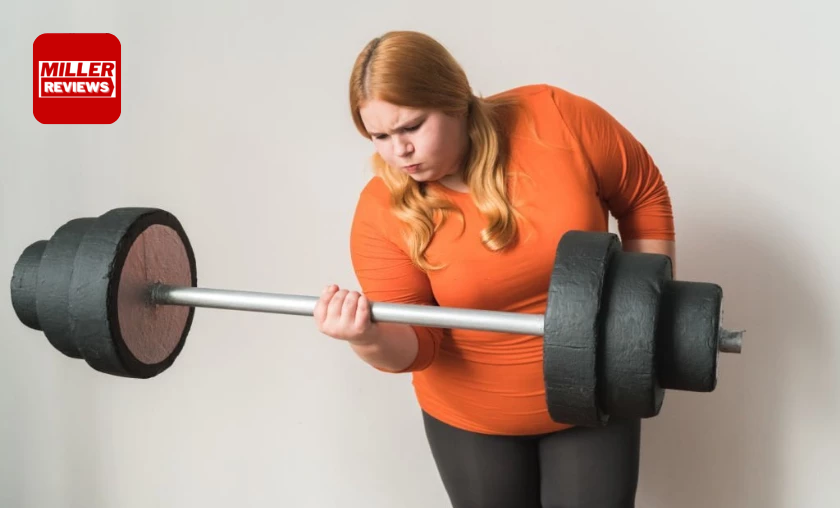
Now, let’s address the burning question: Can you achieve the seemingly contradictory goal of gaining muscle while simultaneously losing fat? Common sense might suggest otherwise, but numerous bodybuilding athletes would confidently answer with a resounding “Yes!” It’s an intricate process that requires ticking off multiple boxes:
- Maintaining a nutritious diet
- Paying attention to macronutrients
- Following a well-designed training regimen
- Ensuring proper rest and recovery
And what’s the secret behind this remarkable feat? It’s none other than body recomposition.
What Does Body Recomposition Mean?

Let’s dive into the intriguing concept of body recomposition, also known as body recomp. This remarkable phenomenon occurs when you simultaneously gain muscle and lose body fat. It goes beyond mere weight loss or muscle gain. Body recomposition entails transforming your body’s composition, reducing body fat, and increasing lean muscle tissue. You can gauge the success of a body recomp by tracking your lean muscle and body fat percentages.
When it comes to achieving body recomposition, resistance training takes center stage. Often referred to as weight training, it plays a pivotal role in reshaping your body. Whether you gravitate towards free weights, resistance machines, or even engaging in functional fitness classes, consistent strength training that exerts positive stress on your muscles promotes muscle growth and aids in fat loss.
Interestingly, regular resistance training has been shown to elevate Resting Metabolic Rate (RMR) (1). RMR represents the number of calories your body naturally burns while at rest. By increasing your RMR, you can passively burn more calories simply by embarking on your weight-training journey!
How to Build Muscle & Lose Fat: Our Top 3 Tips to Gaining Muscle & Losing Fat
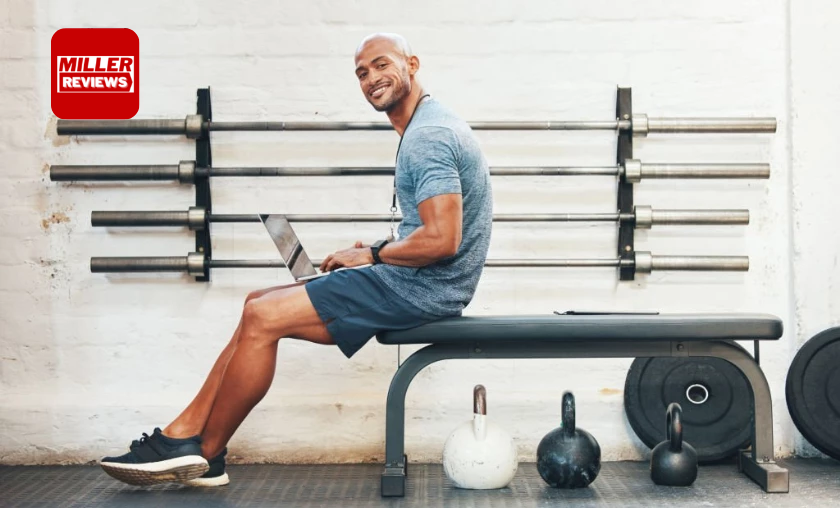
Prioritise Protein:
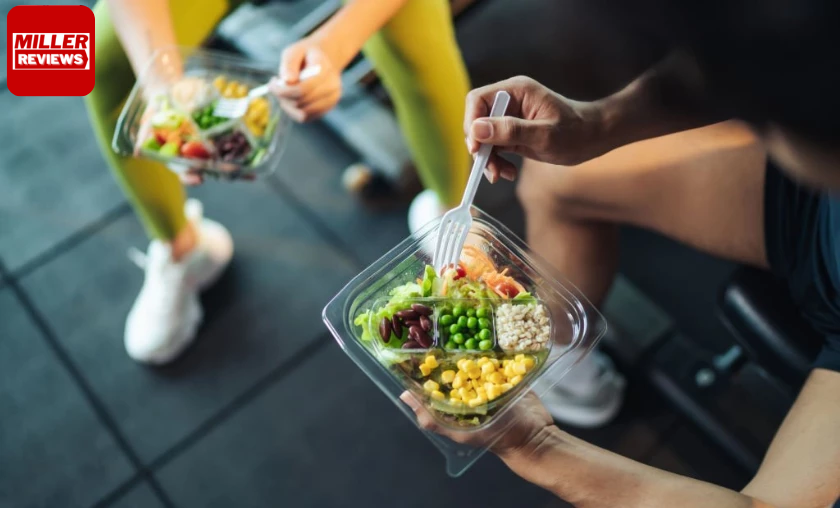
When considering dietary modifications, it’s essential to give priority to your protein consumption, aiming for approximately 2.2 grams per kilogram of body weight. This ensures that your body has an adequate supply of amino acids to effectively repair and rebuild muscle tissue following your training sessions.
Our Diet Whey protein comes to the rescue to meet your protein goals while keeping your calorie intake in check. Our specially formulated Diet Whey protein powder offers a perfect combination of high protein content and low-calorie count. It’s designed to support the development and maintenance of lean muscle, allowing you to hit your macronutrient targets without compromising on calorie control.
Train With Intensity:
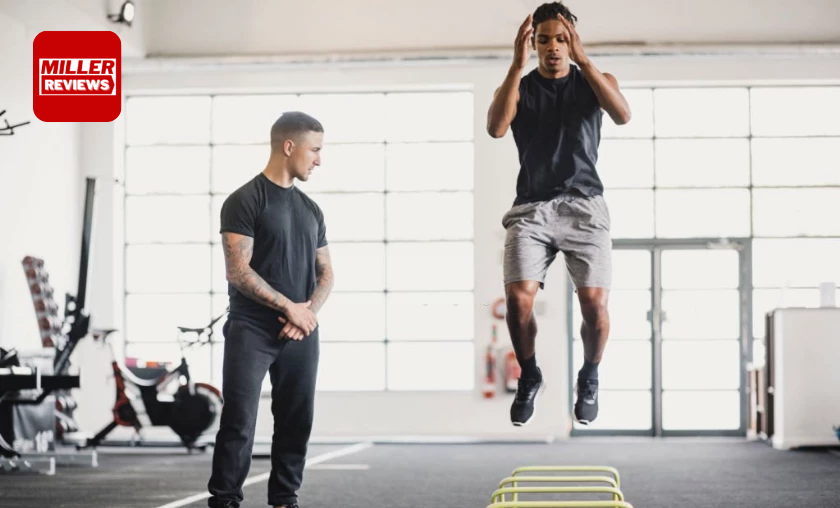
When it comes to achieving your goal of building muscle and losing fat, training intensity holds significant importance. Sticking to a well-designed program and diligently tracking your progress is crucial. Stay committed to completing your sets and reps while gradually increasing the challenge as your body adapts.
While maintaining proper form and technique during weightlifting sessions is essential, it’s equally vital to progressively increase the load. Without adding resistance, your muscle gains will stagnate, and your progress will hit a plateau. Feel free to experiment with tempo variations and pay close attention to your rest periods to ensure you stay on the right path. Remember, gradual increments in load and volume are key to continuous improvement.
If you’re searching for an extra boost to enhance your fat-burning performance, try our Burn Pre-Workout Powder. This specially formulated powder is designed to elevate energy levels while targeting fat loss. It’s the perfect companion to power you through those demanding training sessions.
A Small Calorie Deficit:

Navigating the delicate balance between burning fat and building muscle requires careful consideration. On the one hand, you need a calorie deficit to effectively burn fat. On the other hand, you must provide your body with sufficient nourishment to support muscle growth. To strike the optimal balance, it’s advisable to maintain a modest calorie deficit.
This way, you can ensure you have ample energy to fuel your intense training sessions and promote optimal recovery. By managing this paradox wisely, you can optimize your fat loss journey while laying the foundation for muscle development.
So What Macros Do I Need to Gain Muscle & Lose Fat?
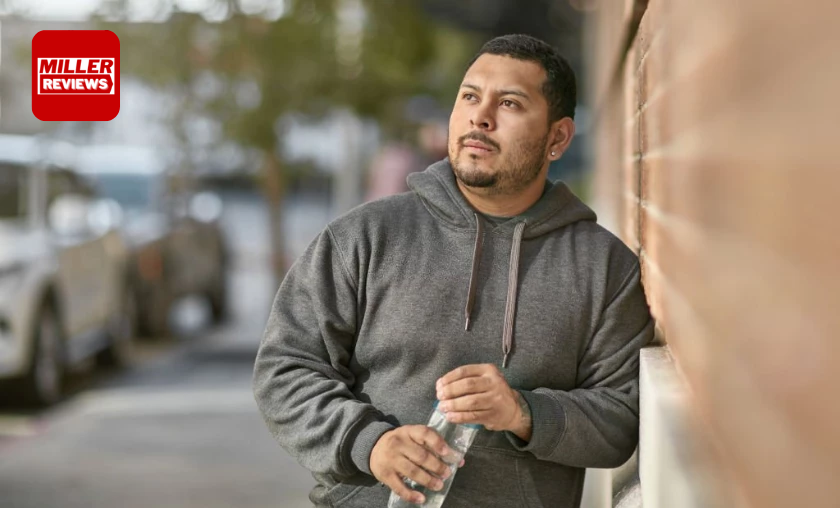
When it comes to simultaneously gaining muscle and losing fat, protein takes the spotlight as the most crucial macronutrient. To support your recomp diet, aim to consume approximately 1.8 to 2.2 grams of protein per kilogram of body weight. As for carbohydrates and fats, the choice is yours. Many individuals prefer to maintain a balanced approach, opting for a 40/40/20 split between protein, carbs, and fats.
However, it’s worth noting that if you find that a higher carbohydrate diet suits you well or you wish to follow a high-fat or keto-eating approach, you can still achieve your goals of muscle gain and fat loss.
Remember, the key rule is maintaining a consistently small calorie deficit. Additionally, it’s essential to nourish your body in a way that provides sufficient energy to support intense training sessions. Lastly, strive for a macronutrient balance that keeps you feeling satiated and satisfied. By adhering to these principles, you can effectively pursue your dual goals of gaining muscle and losing fat.
Here’s an example of a macro balance split for a 70kg person wanting to gain muscle and lose fat:
- Maintenance calories: 2000 kcal
- Body recomp diet calories: 1800 kcal
Macros:
- Protein: 155g (2.5g per 1kg body weight) = 620 kcals
- Carbohydrates: 155g = 620 kcals
Fats: 62g = 560 kcals
What to Eat to Gain Muscle & Lose Fat at the Same Time
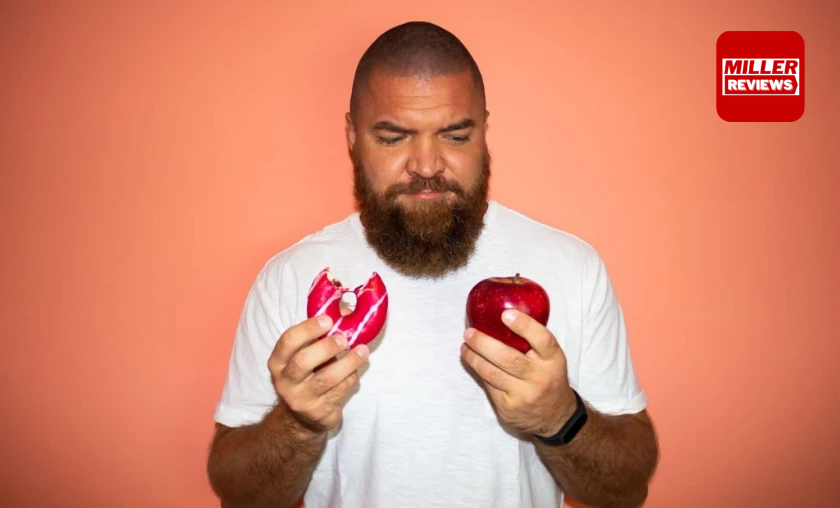
To optimize your diet for simultaneous muscle gain and fat loss, prioritize high-protein foods that provide ample energy for your training sessions. Additionally, include healthy and natural sources of carbohydrates to fuel your workouts effectively. Pay attention to the importance of incorporating plenty of low-calorie green vegetables and leafy greens to promote overall health as you work towards your goals.
Here are some excellent protein sources to consider: chicken and turkey, lean red meat, fish, seafood, canned tuna, tofu, seitan, edamame beans, Greek yogurt, skyr, whey protein, and protein bars.
For healthy carbohydrate options, including oats, rice, buckwheat, couscous, potatoes, beans, lentils, and root vegetables in your diet.
When it comes to healthy fats, consider incorporating oily fish, olive oil, nuts, seeds, and peanut butter into your meals and snacks.
By focusing on these nutritious food choices, you can fuel your body with the necessary nutrients for muscle growth and fat loss while keeping your overall health in check.
Conclusion
Achieving the dual goals of building muscle and losing fat requires a strategic approach that encompasses various factors. By implementing the principles discussed throughout this guide, such as maintaining a calorie deficit, prioritizing protein intake, engaging in resistance training, and fueling your body with nutritious foods, you can set yourself up for success.
Remember, the journey to building muscle and losing fat may not always be easy, but with dedication, consistency, and a balanced approach, you can make significant progress toward achieving a leaner, stronger, and healthier physique. Keep pushing forward, stay committed to your goals, and embrace the transformative power of body composition.
FAQs
How important is resistance training in the process?
Resistance training plays a vital role in building muscle and losing fat.
Engaging in regular weightlifting or strength training exercises provides the stimulus needed for muscle growth while also boosting your metabolism and promoting fat burning.
Should I prioritize cardio or weightlifting for better results?
Both cardiovascular exercise and weightlifting have their benefits. However, weightlifting or resistance training should take precedence if your primary goal is to build muscle while losing fat.
Incorporating some cardio can complement your routine, but focus on maintaining consistency in your weightlifting program.
Can I build muscle and lose fat without supplements?
While supplements can support your fitness journey, they are not essentialAchievingve your goals through a well-rounded diet and proper training is possible.
However, some individuals may choose to include supplements like protein powder or pre-workout formulas to supplement their nutrition and enhance their performance.
How long does it take to see noticeable results?
The timeline for noticeable results varies from person to person & depends on various factors such as genetics, diet, training intensity, and consistency.
Generally, it may take several weeks to months to see significant changes in body composition. Remember, patience and consistency are key.
Is it necessary to consult a professional for guidance?
While not mandatory, seeking guidance from a qualified fitness professional, such as a personal trainer or registered dietitian, can provide valuable insights tailored to your specific needs and goals.
They can help design a personalized plan and provide support along your journey.
For More amazing articles related to Fitness Check out our website Over Here
To Read more similar articles click here
Thanks for visiting our Website. If you appreciate our work, kindly show us some support in our comments section 🙂